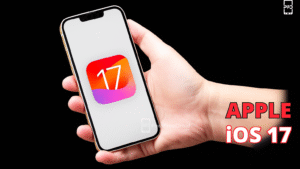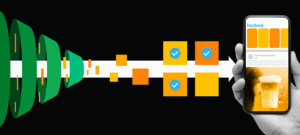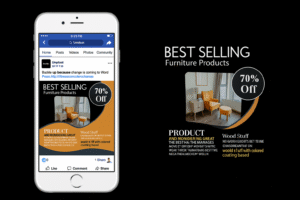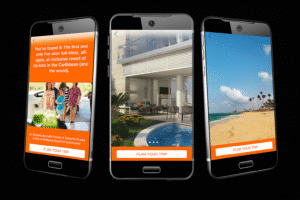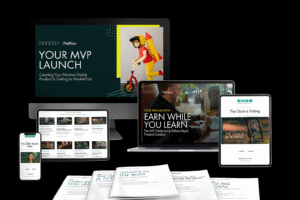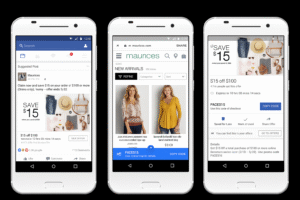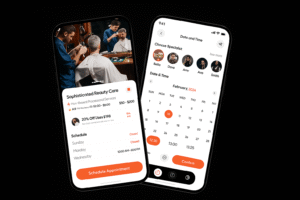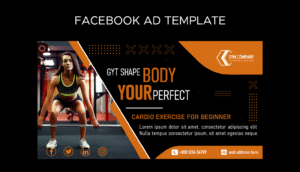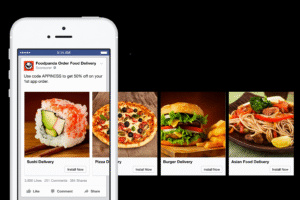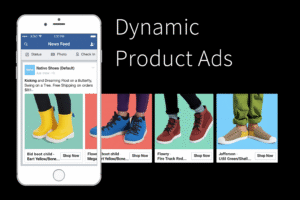Discover how Augmented Reality (AR) marketing is reshaping customer engagement in 2025. Explore examples, strategies, tools, and the future of immersive brand experiences. 📱✨
Introduction: The New Reality of Marketing 🌍
What if your customers could try on clothes without visiting a store, visualize furniture in their homes before buying, or see a 3D product demo right from a social media ad?
Welcome to the world of Augmented Reality (AR) Marketing — a cutting-edge strategy that overlays digital content on the physical world to create interactive, immersive customer experiences.
As technology advances and consumer expectations evolve, AR is quickly becoming a must-have tool for digital marketers looking to stand out in a crowded landscape.
What Is AR Marketing? 🤔
Augmented Reality (AR) marketing involves using AR technology to blend virtual elements — like images, animations, or product previews — with the real world, enhancing how customers perceive and interact with a brand.
Unlike Virtual Reality (VR), which is fully immersive, AR enhances reality without replacing it, making it more accessible through smartphones, tablets, and smart glasses.
Why AR Marketing Matters in 2025 📈
Global AR users exceed 2 billion in 2025
71% of consumers say they’d shop more if AR was available
Retail, beauty, automotive, and education industries are leading adoption
Social AR (Snapchat, Instagram, TikTok filters) drives viral engagement
AR is no longer just a gimmick — it’s becoming a core marketing channel.
How Brands Are Using AR to Engage Customers 🛍️✨
1. Virtual Try-Ons 👕💄
Let customers try on makeup, clothes, or accessories via mobile devices.
Examples:
Sephora & L’Oréal: Virtual makeup apps
Warby Parker: Try-on glasses before purchase
Nike: AR sizing and virtual fitting rooms
2. Product Visualization in Real Space 🪑📱
Help users visualize products like furniture or electronics in their actual environment.
Examples:
IKEA Place: See how a couch fits in your living room
Home Depot: Preview paint colors and furniture
Apple AR: View devices in 3D at home
3. Interactive Packaging & AR Filters 📦🎭
Use QR codes or branded filters to bring static packaging to life.
Examples:
Pepsi Max: AR bus stop campaign
Jack Daniel’s: Bottle label opens an AR tour
Snapchat/TikTok: Viral branded filters and lenses
4. AR-Powered Ads & Social Commerce 📲💡
Deliver immersive product demos within social media platforms.
Examples:
Instagram AR ads: Tap to try on a product
Snapchat Lenses: Gamified AR shopping experiences
Pinterest Lens: Visual search for style inspiration
5. AR for Events & Experiential Marketing 🏟️🎉
Enhance live events or virtual conferences with interactive AR overlays.
Examples:
Coachella AR Festival Maps
Museum AR Tours
Red Bull AR stunts and sports experiences
Benefits of AR Marketing 🚀
✅ Enhanced engagement through immersive experiences
✅ Higher conversion rates with real-time product interaction
✅ Reduced product returns (especially in e-commerce)
✅ Stronger emotional connection with the brand
✅ Shareable, viral content for better reach
How to Get Started with AR Marketing 🛠️
Identify customer touchpoints that can benefit from AR (e.g., product pages, packaging, ads).
Choose your AR platform (Snapchat Lens Studio, Meta Spark AR, Unity, 8thWall, etc.)
Test, launch, and analyze engagement metrics
Optimize based on interaction data and user feedback
Popular AR Marketing Tools in 2025 🔧
| Tool/Platform | Best For |
|---|---|
| 8thWall | Web-based AR experiences (no app required) |
| Snap Lens Studio | Branded filters and viral campaigns |
| Meta Spark AR | Facebook and Instagram filters |
| Unity + Vuforia | Advanced AR apps and games |
| Zappar | QR code-triggered AR experiences |
| Google ARCore / Apple ARKit | Native AR for Android and iOS |
Challenges in AR Marketing ⚠️
High development costs for custom AR experiences
Device and platform compatibility issues
Need for strong 3D creative assets
Privacy and data tracking concerns
User onboarding and tech literacy
🧠 Pro Tip: Start small with social AR filters or webAR experiences before building custom AR apps.
Future Trends in AR Marketing (2025 and Beyond) 🔮
Wearable AR devices (like Apple Vision Pro & smart glasses)
AR-powered metaverse campaigns
AI + AR fusion for smarter, adaptive experiences
Voice + AR integration (hands-free AR browsing)
AR in B2B and education marketing (product demos, virtual classrooms)
FAQs: AR Marketing ❓
Q1: Do I need an app for AR marketing?
Not always! WebAR platforms like 8thWall allow you to create app-less AR experiences accessed via a browser.
Q2: Is AR marketing expensive?
Costs can vary. Social filters start at a few hundred dollars, while full custom apps can cost thousands. ROI often justifies the investment.
Q3: What industries benefit most from AR?
Retail, fashion, beauty, automotive, real estate, education, tourism, and entertainment are top adopters.
Q4: How do I measure AR campaign success?
Track metrics like engagement rate, dwell time, interaction depth, conversions, and social shares.
Final Thoughts: AR Is the New Frontier for Brand Engagement 🌟
Augmented Reality isn’t just a flashy trend — it’s a strategic shift in how brands interact with consumers. As customers demand more interactive, immersive, and personalized experiences, AR gives marketers a unique advantage to surprise, delight, and convert.
Whether you’re a global brand or a growing business, AR can elevate your marketing strategy and future-proof your digital presence.

